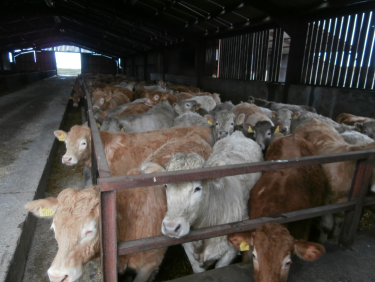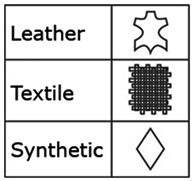The skins of other animals have been used by humans for millennia. However, the way that mainstream leather is processed, and the industrialisation of animal farming may be some of the reasons that people are looking for leather alternatives.
Animal welfare issues with leather
Most companies use the narrative that leather is a by-product of the meat industry. However, leather is economically valuable with high demand for leather-based goods, including shoes. This makes it a profitable industry in its own right, worth over £200bn in 2022. It sustains and feeds the meat industry as a co-product of animal slaughter, and at the slaughterhouse level it’s very difficult to say what ‘comes first’ when different animal bodily parts are shipped off for different industries.
We couldn't find any animal welfare policies for companies’ leather supply chains in the shoes or trainers guides.
Companies were only treating it as a ‘leftover’, thereby ignoring the type of farming or animal welfare issues that their purchases were sustaining. The Leather Working Group certification, which a number of companies use, does not formally include animal welfare and focuses on the environmental impacts of production.












